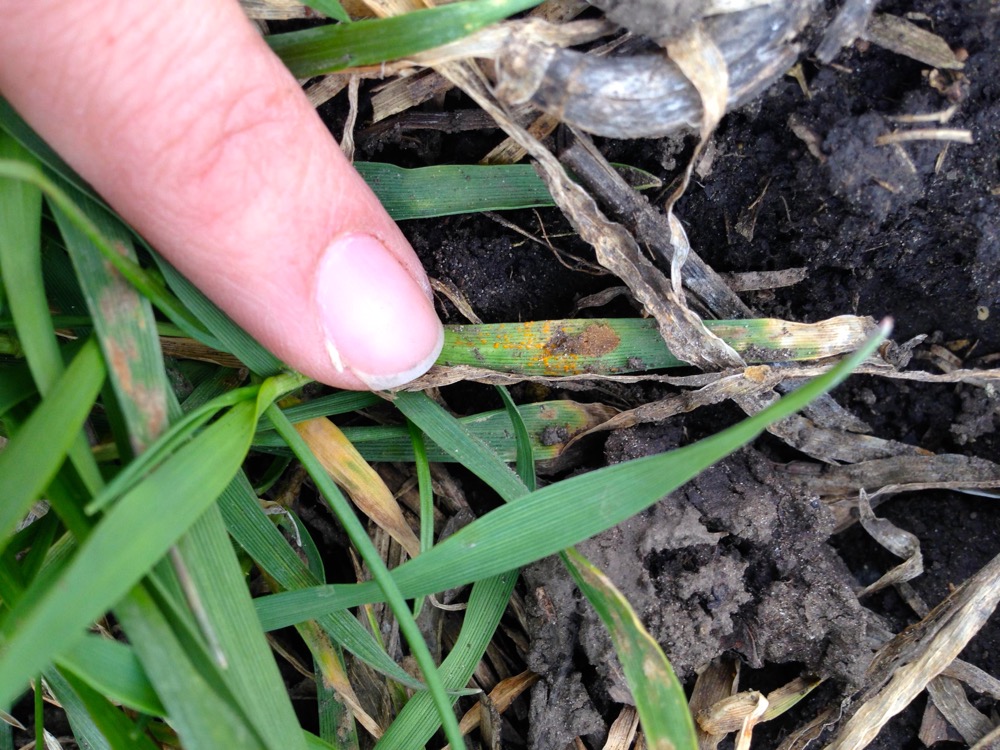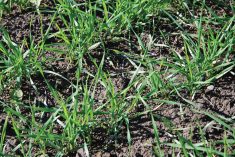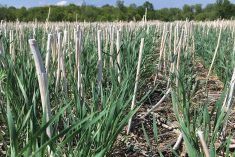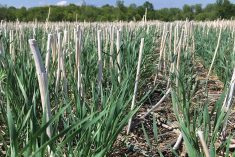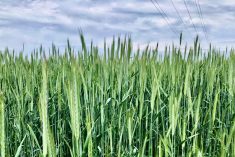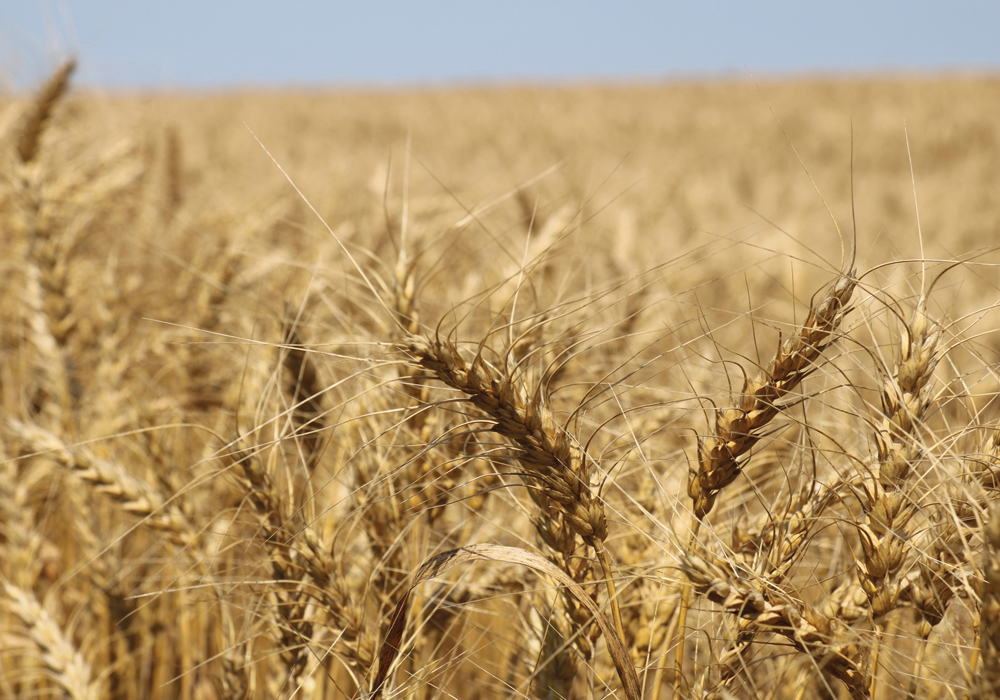The first case of stripe rust this growing season was found in a Manitoba winter wheat field near Austin April 17, but the fungal disease was detected in the same crop last fall.
“It definitely overwintered,” Manitoba Agriculture plant pathologist Holly Derksen said during CropTalk Westman webinar April 19. “It’s too early to have blown in from the southern states. Snow cover basically provides the perfect insulation, especially when you have not terribly cold soil.”
Agronomist Amber Knaggs of Munro Farm Supplies spotted the disease in the field last year and found infection again this spring.
Read Also

Province pledges funds to CentrePort Canada
The Manitoba government has pledged $450,000 towards projects at inland port CentrePort Canada.
“She (Knaggs) had to look hard for it, but she did find it,” Derksen said.
“We only have the one report and it could be an isolated case.”
Stripe rust prefers cooler weather than some other rusts, she said. It will sporulate at temperatures between zero and 20 C, but prefers 10 to 15 C, Derksen said.
Growers should scout new winter wheat growth to see if the stripe rust is viable enough to spread, she said.
“If the plant is growing faster than the disease is spreading you are probably OK,” Derksen said. “Also scout neighbouring spring wheat fields (once they emerge).”
Winter wheat growers should be scouting for strip rust now, she said. If infection is found contact Derksen (204-750-4248 or [email protected]).
Farmers with infected fields will be instructed on how to send samples to Reem Aboukhaddour — an Agriculture and Agri-Food plant pathologist studying stripe rust at the Lethbridge Research and Development Centre.
Farmers with stripe rust in their area, and who are growing susceptible varieties, should consider applying a fungicide at the time they are spraying herbicides for weeds, but with the following provisos: “Make sure you are scouting and you actually see it out there and consider varietal resistance before you make that fungicide decision,” Derksen said.
The infected field near Austin also had powdery mildew, but Derksen says in most cases the crop will grow out of it.
Wheat streak mosaic virus can also spread from from winter wheat to spring wheat, she said. The best way to avoid this disease is preventing a “green bridge” in fall.
Ideally winter wheat should not be emerge before spring wheat is harvested, or at least swathed or desiccated, Derksen said.


